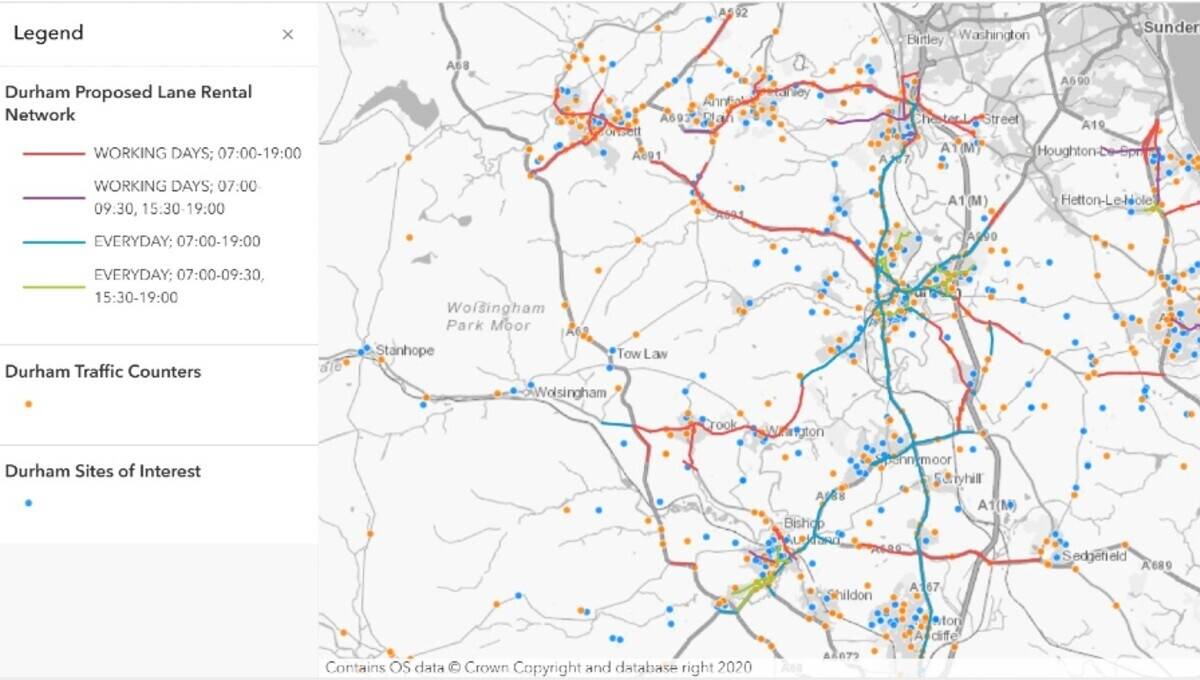London, 28th January 2013. From April 2012, the Department for Transport (DfT) handed greater responsibility to English local highway authorities for the management of the roads classification system.
Roads are organised through the roads classification system, along with the dedication of a primary route network to advise people to the recommended route to use. This network then provides easily identifiable routes to access the whole of the country.
While authorities previously undertook the majority of the work involved in reclassifying a road, there was always the need to secure the agreement of the DfT for each new classification. Under the new approach, local highway authorities are now responsible for classifying roads which gives them the power to title 'A', 'B', 'C' and 'U' roads without the need for central government approval.
Michael Dnes, head of roads classification at DfT, said "We are pleased to be able to give local authorities more control over local roads, without the need for the Department to approve every change. We hope this will give councils another tool to use in managing traffic in their areas â and one that is instantly recognisable to motorists."
Additionally, local highways authorities are now responsible for defining the primary route network (PRN) within their authority. The PRN is the most satisfactory route for through traffic between places of traffic importance and is comprised of 'A' roads.
The reasoning behind this change is that local knowledge and local control of roads should help to reduce traffic jams and enable easier flow of people and vehicles through the road system.
In order to carry out these functions, local authorities need to fill in a single form for each change in road classification, submit the form to the central repository at GeoPlace LLP, along with any associated documental evidence, and then enter it into the National Street Gazetteer (NSG). It then automatically becomes live, without the need to wait for approval.
Simon Bailey, NSG Custodian at GeoPlace commented "Local authorities are well placed in understanding their road networks and identifying the roads that are best suited for traffic. GeoPlace already works very closely with local authorities in maintaining and managing the NSG. Bringing this data together with the primary road network and street classifications can only serve to benefit road users and reduce overall congestion".
This process is limited to English Authorities. Welsh and Scottish authorities will continue to operate separate processes through Welsh government and Scottish government.
Further guidance from the Department for Transport can be found on the Services.geoplace.co.uk/ or via www.gov.uk/government/publicatio
END
CONTACT:
Gayle Gander
GeoPlace
+44(0) 20 7630 4600
[email protected]
www.geoplace.co.uk
Notes to editors:
GeoPlace
GeoPlace is a public sector limited liability partnership between the Local Government Association and Ordnance Survey. GeoPlace's role is to create and maintain the National Address Gazetteer and the National Street Gazetteer for England and Wales, providing definitive sources of publicly-owned spatial address and street data for Great Britain.
National Street Gazetteer
The National Street Gazetteer (NSG) contains definitive information for streets in England and Wales and primarily allows local authorities to manage all street works carried out by themselves and by statutory undertakers in an efficient manner on their network.
A schematic illustrating the procedure for classification of roads and the Primary Route Network can be seen at /documents/10181/125809/2013 NSG diagram - classification proceedure
Department for Transport
The DfT works with its agencies and partners to support the transport network that helps the UK's businesses and gets people and goods travelling around the country. It plans and invests in transport infrastructure to keep the UK on the move.



